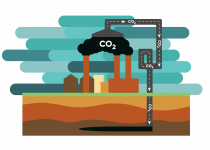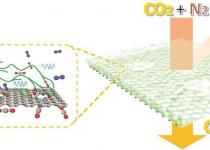WICHITA, Kansas — Large industrial operations — think electrical power plants, oil refineries, ethanol facilities —cough carbon dioxide into the atmosphere by the ton. That, in turn, warms the planet.
But now some researchers think Kansas could be a good place to pump the gas underground rather than up in the air.












